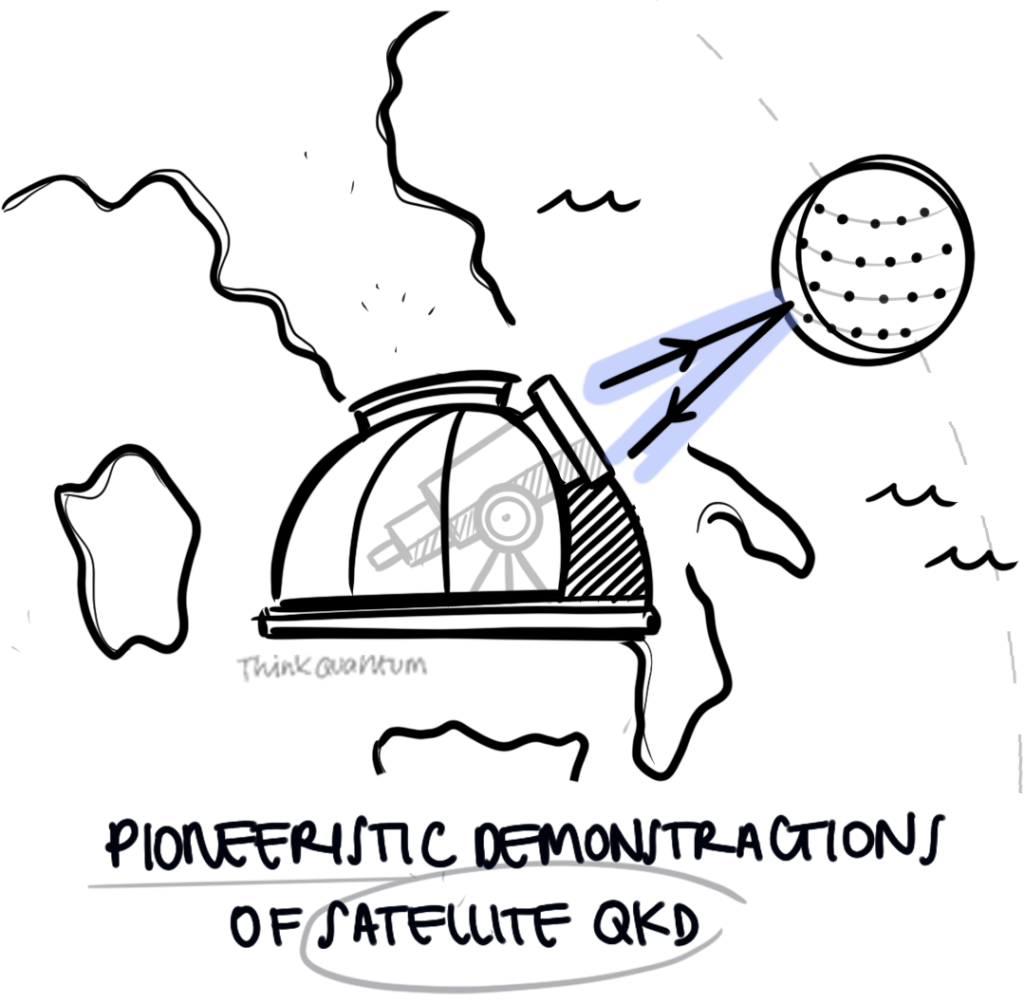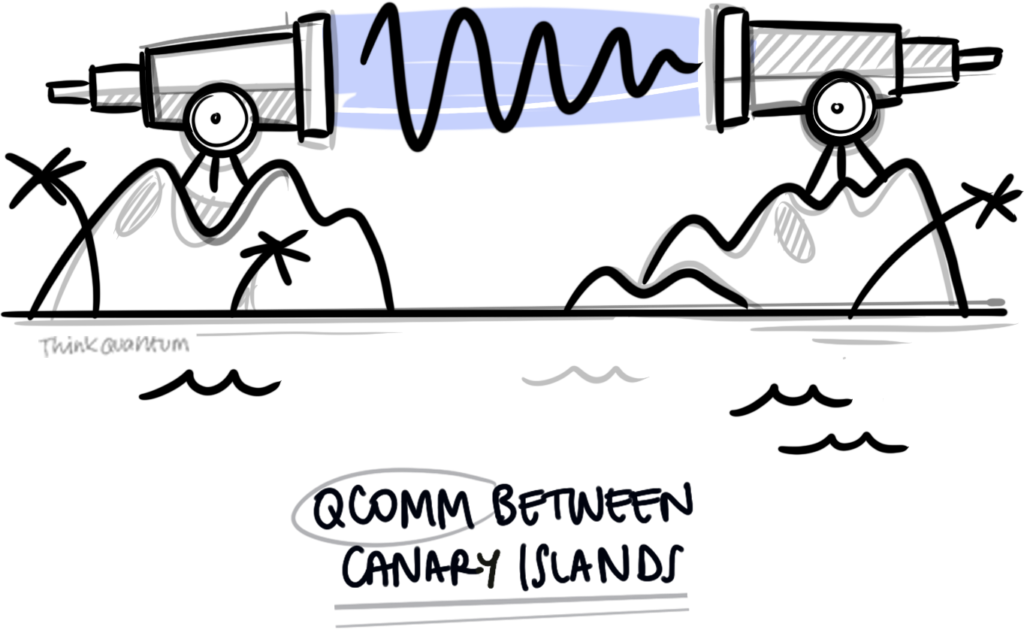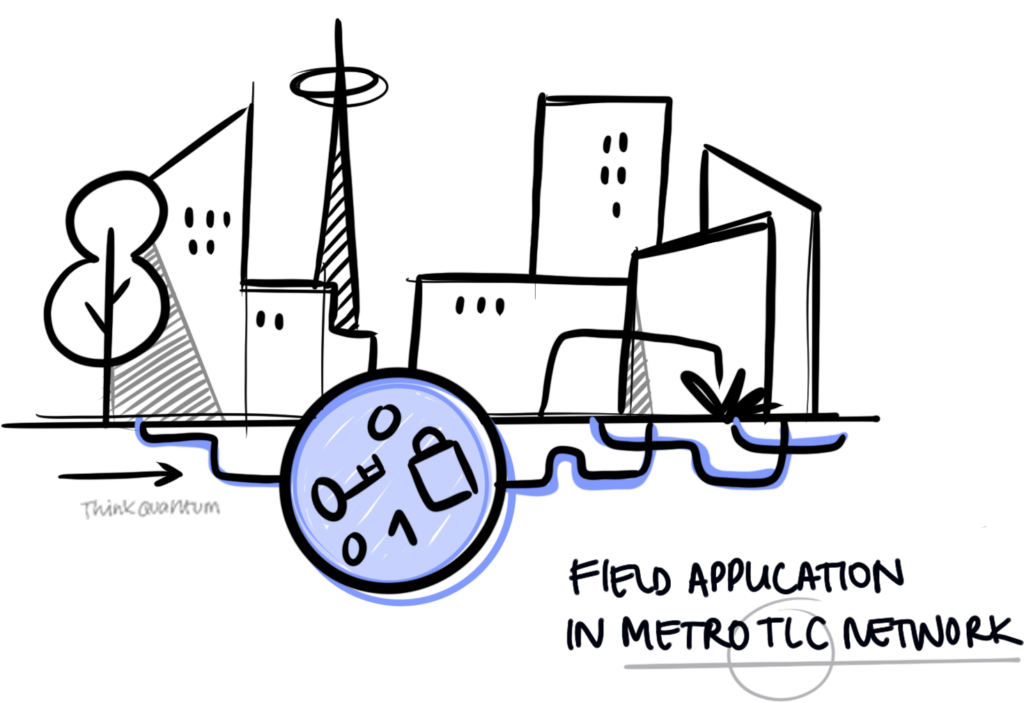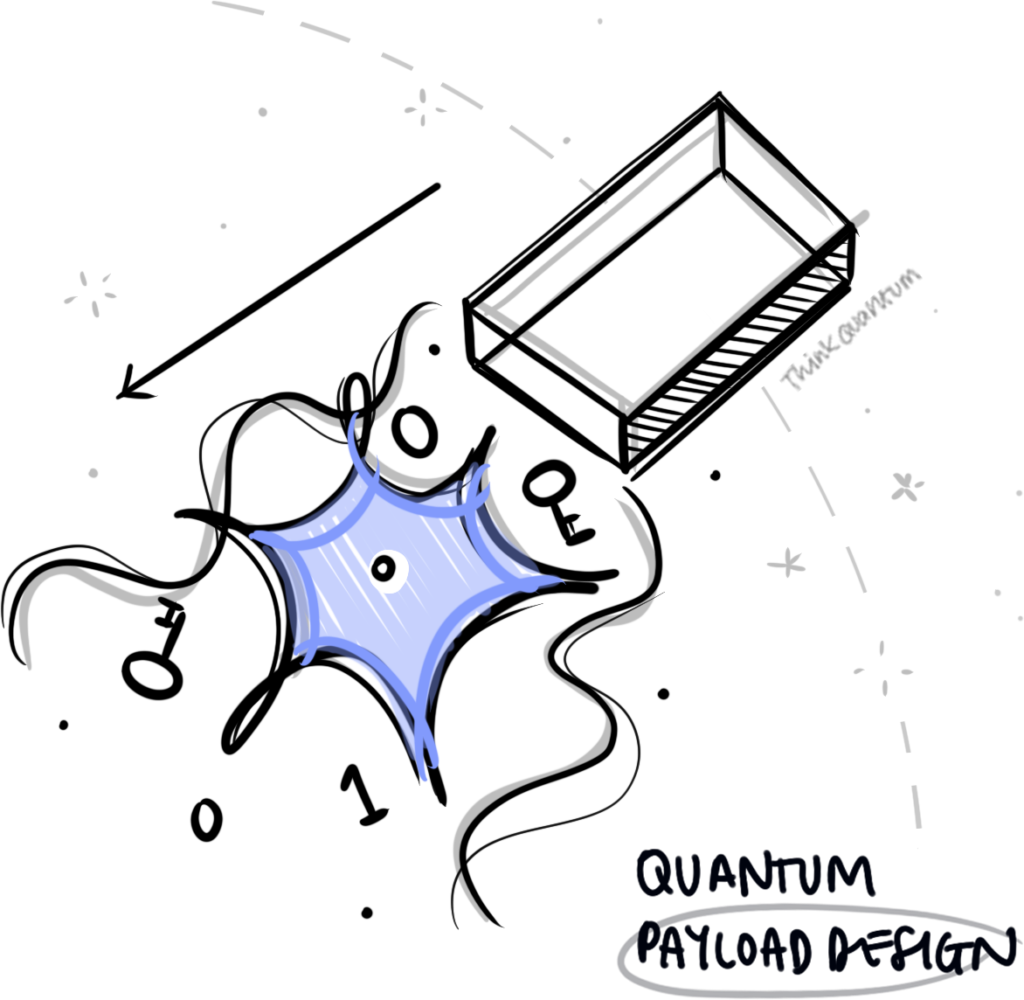History
ThinkQuantum stands on the shoulders of QuantumFuture research group, with 20 years long background in Quantum Optics, Optical Quantum Information Processing, Quantum Communication, Quantum Key Distribution and Quantum Random Number Generation




The Quantum path in Padova
Main research results by the QuantumFuture research group at the Department of Information Engineering of the University of Padova
References
University of Padova Research Project “SpaceQ – Quantum Information and Communication in space channels” (Principal Investigator, PI, P. Villoresi).
First world demonstration of the feasibility of single photon exchange from the Ajisai satellite at 1600 km slant-distance [1].
University of Padova Strategic Project “QuantumFuture – Communications at the quantum limit” (PI P. Villoresi).
Feasibility study of a quantum transmitter for the space station, funded by the Italian Space Agency ASI (PI P. Villoresi).
Public demonstration of Quantum Key Distribution in the Palazzo della Ragione – Padova.
Public demonstration of Quantum Key Distribution in the Agora of the Centro S. Gaetano – Padova.
First demonstration of Quantum interference along Space channels by exploiting temporal modes [5].
ThinkQuantum QKD and QRNG systems are launched in the market.
iPOGNAC patent wins the Intellectual Property Award for Cybersecurity at Dubai Expo 2022.
- P. Villoresi et al., Experimental verification of the feasibility of a quantum channel between space and Earth, New J. Phys. 10, 033038 (2008)
- D. Dequal et al., Experimental single-photon exchange along a space link of 7000 km, Phys. Rev. A 93, 010301(R) (2016)
- L. Calderaro et al., Towards quantum communication from global navigation satellite system, Quantum Sci. Technol. 4, 015012 (2019)
- G. Vallone et al., Experimental Satellite Quantum Communications, Phys. Rev. Lett. 115, 040502 (2015)
- G. Vallone et al., Interference at the Single Photon Level Along Satellite-Ground Channels, Phys. Rev. Lett. 116, 253601 (2016)
- F. Vedovato et al., Extending Wheeler’s delayed-choice experiment to space, Sci. Adv. 3, e1701180 (2017)
- G. Vallone et al., Adaptive real time selection for quantum key distribution in lossy and turbulent free-space channels, Phys. Rev. A 91, 042320 (2015)
- M. Avesani et al., Full daylight quantum-key-distribution at 1550 nm enabled by integrated silicon photonics, npj Quantum Inf. 7, 93 (2021)
- M. Avesani et al., Resource-effective quantum key distribution: a field trial in Padua city center, Opt. Lett. 46, 2848-2851 (2021)
- M. Avesani et al., Deployment-Ready Quantum Key Distribution Over a Classical Network Infrastructure in Padua, J. Light. Technol. 40, 1658-1663 (2022)
- C. Agnesi et al., All-fiber self-compensating polarization encoder for quantum key distribution, Opt. Lett. 44, 2398-2401 (2019)
- M. Avesani et al., Stable, low-error and calibration-free polarization encoder for free-space quantum communication, Opt. Lett. 45, 4706-4709 (2020)
- C. Agnesi et al., Simple Quantum Key Distribution with qubit-based synchronization and a self-compensating polarization encoder, Optica 7(4), 284-290 (2020)
- L. Calderaro et al., Fast and simple qubit-based synchronization for quantum key distribution, Phys. Rev. Applied 13, 054041 (2020)
- G. Vallone et al., Quantum randomness certified by the uncertainty principle, Phys. Rev. A 90, 052327 (2014)
- D. G. Marangon et al., Source-Device-Independent Ultrafast Quantum Random Number Generation, Phys. Rev. Lett. 118, 060503 (2017)
- M. Avesani et al., Source-device-independent heterodyne-based quantum random number generator at 17 Gbps, Nat. Commun. 9, 5365 (2018)
